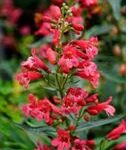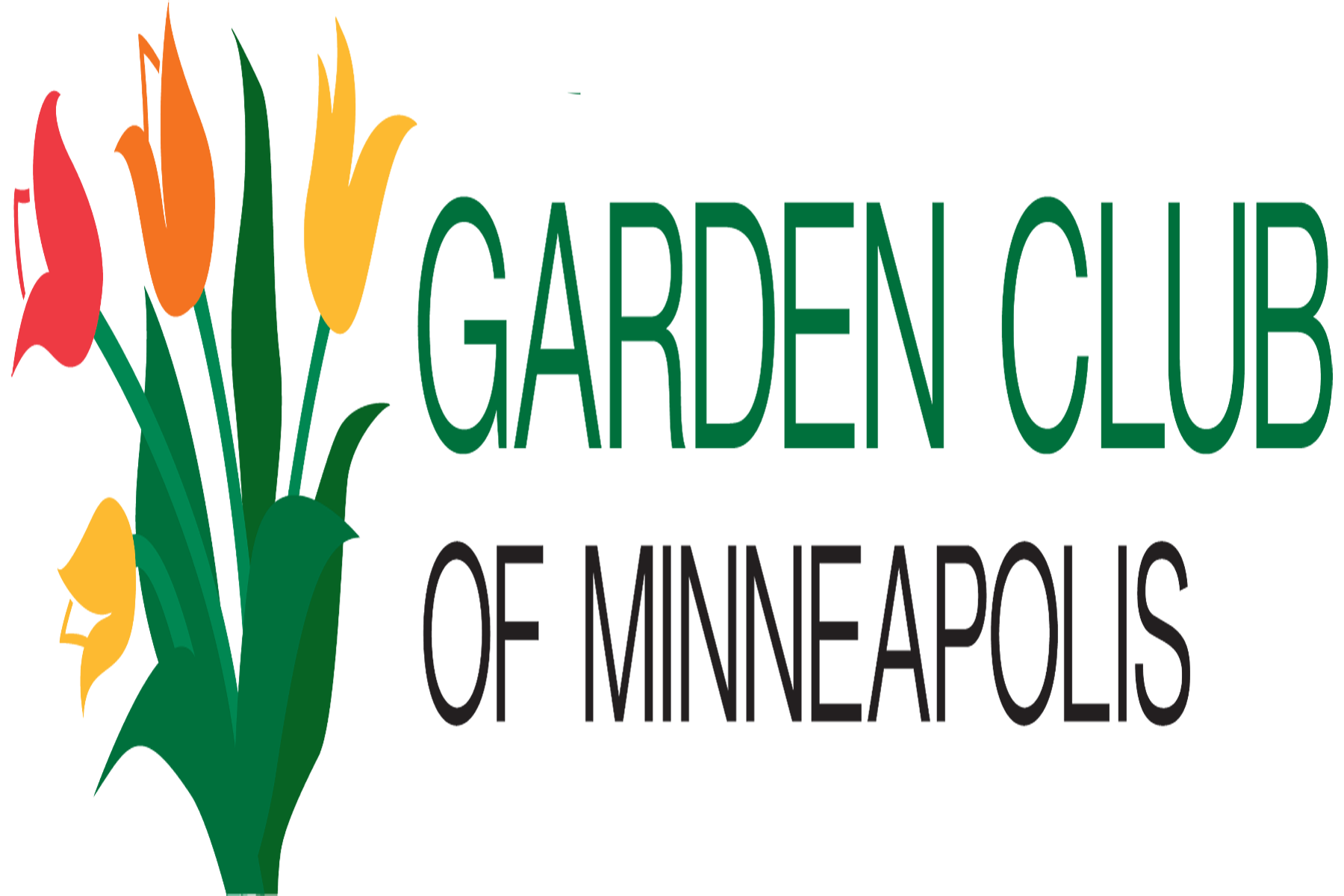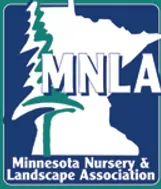Attracting Hummingbirds
Like plants, hummingbirds thrive when you meet their basic need for food, water and shelter.
The most common hummingbird in Minnesota is the ruby-throated hummingbird. It usually reaches Minnesota around May 1, after a long journey from their overwintering areas in the Gulf of Mexico and Central America.

By The Numbers:
- 3 ¾: Average length in inches. Its bill adds another inch
- 1 1/10: Weight in ounces
- 60 to 80: Number of times their wings beat each second in average flight
- 500: Heartbeats per minute of a resting hummingbird
- 80: Percent each day that is spent at rest
- 1500 to 3000: Number of flowers a hummingbird may visit a day
Hummingbirds depend on the quick energy provided by flower nectar to fuel their turbo-charge lifestyles. They look for red, orange, and bright pink colors, but also take to blues, purples, yellows and even whites. Colorful hanging baskets are a great way to lure these birds toward decks and patios so you can see them better.
Have you ever wondered why color attracts these birds? It is because they have little to no sense of smell. They look for bright colors and tubular shapes to probe with their long beaks and equally long tongue.
You can also use nectar feeders as a supplemental food source. Choose an easy-to-clean feeder with a clear plastic bowl so you can see the nectar level. Buy a feeder without yellow parts, since yellow attracts bees and wasps. As long as some part of the feeder is red, you don’t need to add red food coloring, which may harm the birds.
Make your own nectar by adding 4 cups boiling water to 1 cup sugar (never use honey). Mix and store in the refrigerator. In hot weather clean the feeder and replace the sugar water every few days. Cleanliness is the most important factor in hummingbird feeding. If you don’t think you have the time to focus on cleaning your feeders, then let the flowers in your garden do the work.
According to The International Hummingbird Association, their primary nutrition comes from nectar from flowers, supplemented by a few sources of protein, such as tiny spiders and other insects. Therefore, it is important to choose plants hummingbirds will be partial to. Their favorites are flowers that have trumpet-like blooms to accommodate their long thin beaks so their long tongues can drink the nectar from the flowers.
Here are a few of the “hummers’” favorites. Choose varieties in red and orange.

- Petunia
- Honeysuckle
- Cardinal Flower
- Scarlet Sage – Salvia Splendens
- Columbine
- Blue Lobelia
- Red Buckeye
- Beardtongue – Penstemon
- Bee Balm
Sources:
The National Gardening Association
- Get Busy Gardening
- Minnesota Monthly Magazine
- Minnesota Dept of Natural Resources
- Homes and Gardens
- The Farmer’s Almanac





